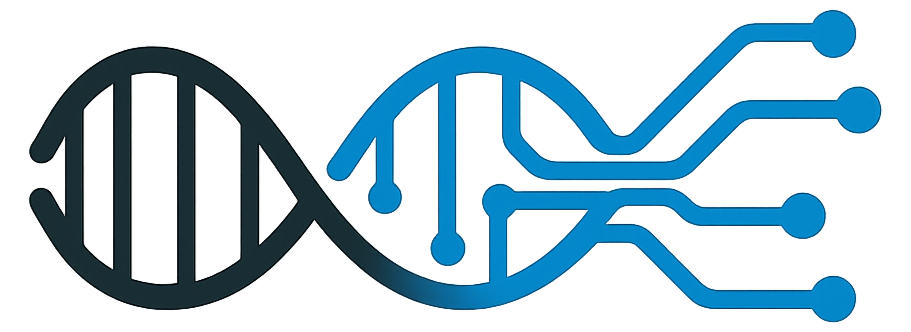🫥 The Paradox of Invisible Technology: Why Wanting Less Tech Gives Us More of It
Imagine this: You’re standing in your kitchen, pouring cereal. The lights above you automatically adjust to the morning sun. Your coffee maker has already brewed the perfect cup based on your sleep data. Your thermostat nudged the temperature up five minutes before your alarm rang. None of this required you to tap, swipe, or even think.
Now imagine this: The Wi-Fi goes out.
Suddenly, you’re standing in the same kitchen, but it feels like a post-apocalyptic wasteland. The lights don’t turn on. The coffee maker sits there like a smug paperweight. The thermostat… does whatever thermostats did in 1973, which you’ve forgotten. You realize you don’t even know how to open your front door because the lock is “smart.” You’re basically camping now, except your tent is a four-bedroom house.
Welcome to the paradox of invisible technology: the more we demand less tech in our lives, the more tech we actually get—only now it’s hiding in plain sight.
Why We Want “Less Tech” (But Not Really)
When people say they want less technology, what they really mean is, “I want fewer chores caused by technology.” We’re exhausted by software updates, password resets, and the sheer number of taps it takes to rent a movie. We don’t want to give up the conveniences—just the clutter.
In other words, we don’t want less technology. We want technology so seamless that it feels like magic. Like flipping a light switch in 1920 and thinking, “Wait… where’s the fire?”
From Shiny Gadget to Background Noise
Technology tends to follow a predictable arc:
The Dazzle Stage – The first time someone sees a smartphone, they’re mesmerized. “Wait, I can zoom in on photos of my cat?!”
The Normalization Stage – Six months later, you’re annoyed when the phone takes two seconds to open Instagram.
The Invisible Stage – A few years in, you forget the phone exists. It’s just “how things work.”
The magic trick becomes background noise. You don’t marvel at Wi-Fi anymore. You just groan when it’s gone.
The Sneaky Tradeoff: Less Visible, More Dependent
Invisible technology feels simpler, but it comes with a catch: the simpler it feels, the more helpless we become without it.
Take cars. My grandfather’s car was essentially a lawnmower with doors. It had one safety feature: brakes (and those were optional). Today, cars silently brake for you, stay in your lane, and gently vibrate the steering wheel when you drift too close to the shoulder. It’s wonderful—until those features glitch and you realize driving has quietly become a skill you no longer fully possess.
Or thermostats. Once you just twisted a dial. Now, your Nest learns your patterns and adjusts on its own. Great—until the power goes out and you’re Googling “how to manually turn on heat” on a dead phone.
We’re not just outsourcing labor to machines. We’re outsourcing memory and competence. And when the invisible scaffolding collapses, we notice just how high up we were.
Is Invisible Technology the Goal?
Yes… and no.
Invisible technology is amazing when it works. It reduces friction, declutters our minds, and lets us focus on life instead of settings menus. But its invisibility also makes it harder to question. We don’t think about how these systems collect data, shape our decisions, or quietly nudge us toward new habits—because we barely notice they’re there.
Invisible technology isn’t inherently good or bad. It’s just powerful. And power you can’t see is the easiest power to ignore.
The Future: A World That Works Like Magic
The next big wave of innovation will feel like… nothing. You won’t notice your glasses translating signs in real time. You won’t notice your fridge restocking itself. You won’t notice your car routing around traffic before you even think to check Google Maps.
Technology will simply melt into the background of daily life. The greatest compliment we’ll give it is forgetting it exists.
Which means the challenge of the future isn’t building tech that works like magic. It’s remembering that magic still has strings attached.

